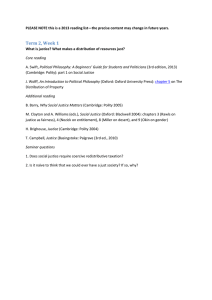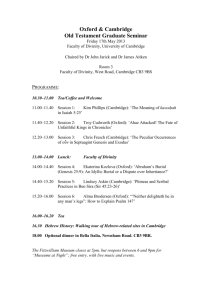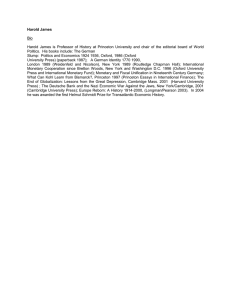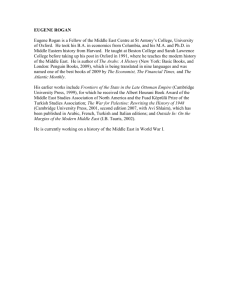Course Title: English Language Testing
advertisement
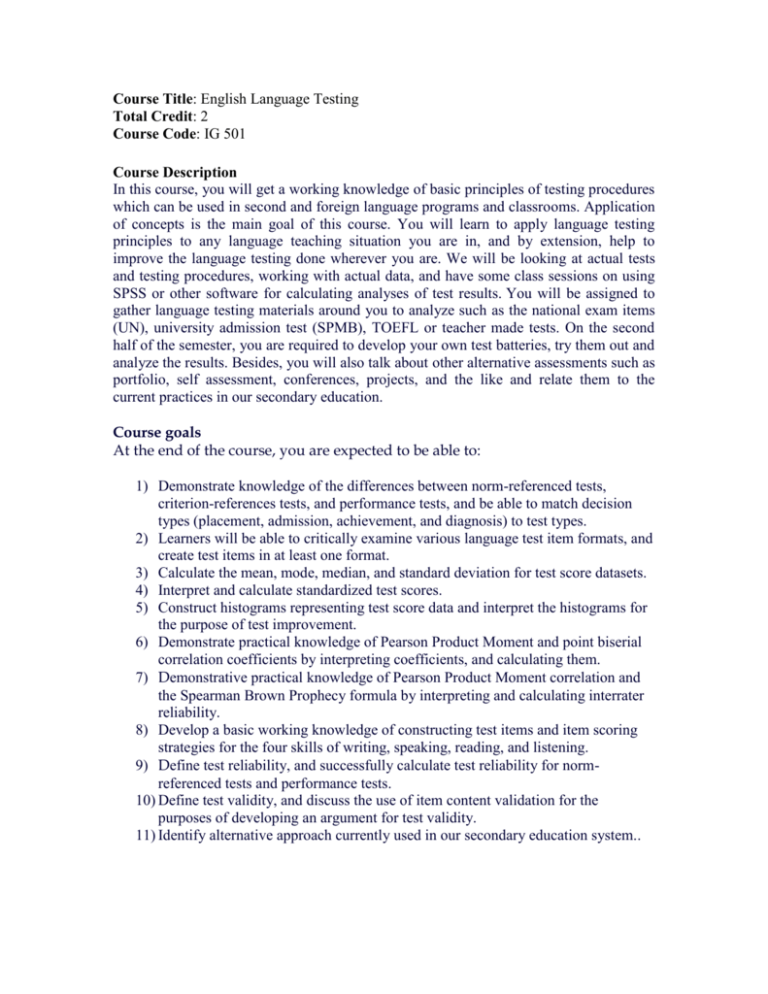
Course Title: English Language Testing Total Credit: 2 Course Code: IG 501 Course Description In this course, you will get a working knowledge of basic principles of testing procedures which can be used in second and foreign language programs and classrooms. Application of concepts is the main goal of this course. You will learn to apply language testing principles to any language teaching situation you are in, and by extension, help to improve the language testing done wherever you are. We will be looking at actual tests and testing procedures, working with actual data, and have some class sessions on using SPSS or other software for calculating analyses of test results. You will be assigned to gather language testing materials around you to analyze such as the national exam items (UN), university admission test (SPMB), TOEFL or teacher made tests. On the second half of the semester, you are required to develop your own test batteries, try them out and analyze the results. Besides, you will also talk about other alternative assessments such as portfolio, self assessment, conferences, projects, and the like and relate them to the current practices in our secondary education. Course goals At the end of the course, you are expected to be able to: 1) Demonstrate knowledge of the differences between norm-referenced tests, criterion-references tests, and performance tests, and be able to match decision types (placement, admission, achievement, and diagnosis) to test types. 2) Learners will be able to critically examine various language test item formats, and create test items in at least one format. 3) Calculate the mean, mode, median, and standard deviation for test score datasets. 4) Interpret and calculate standardized test scores. 5) Construct histograms representing test score data and interpret the histograms for the purpose of test improvement. 6) Demonstrate practical knowledge of Pearson Product Moment and point biserial correlation coefficients by interpreting coefficients, and calculating them. 7) Demonstrative practical knowledge of Pearson Product Moment correlation and the Spearman Brown Prophecy formula by interpreting and calculating interrater reliability. 8) Develop a basic working knowledge of constructing test items and item scoring strategies for the four skills of writing, speaking, reading, and listening. 9) Define test reliability, and successfully calculate test reliability for normreferenced tests and performance tests. 10) Define test validity, and discuss the use of item content validation for the purposes of developing an argument for test validity. 11) Identify alternative approach currently used in our secondary education system.. Required Textbook and Readings Brown, James Dean. 2002. Criterion-referenced Language Testing. Cambridge: Cambridge University Press. Hughes, A. (2002). Testing for language teachers. Oxford: Oxford University Press. Saukah, Ali. 1994/1995. Language Testing II. Jakarta: Universitas Terbuka. Underhill, Nick. Testing Spoken Language: A Handbook of Oral Testing Techniques. Cambridge: Cambridge University Press

